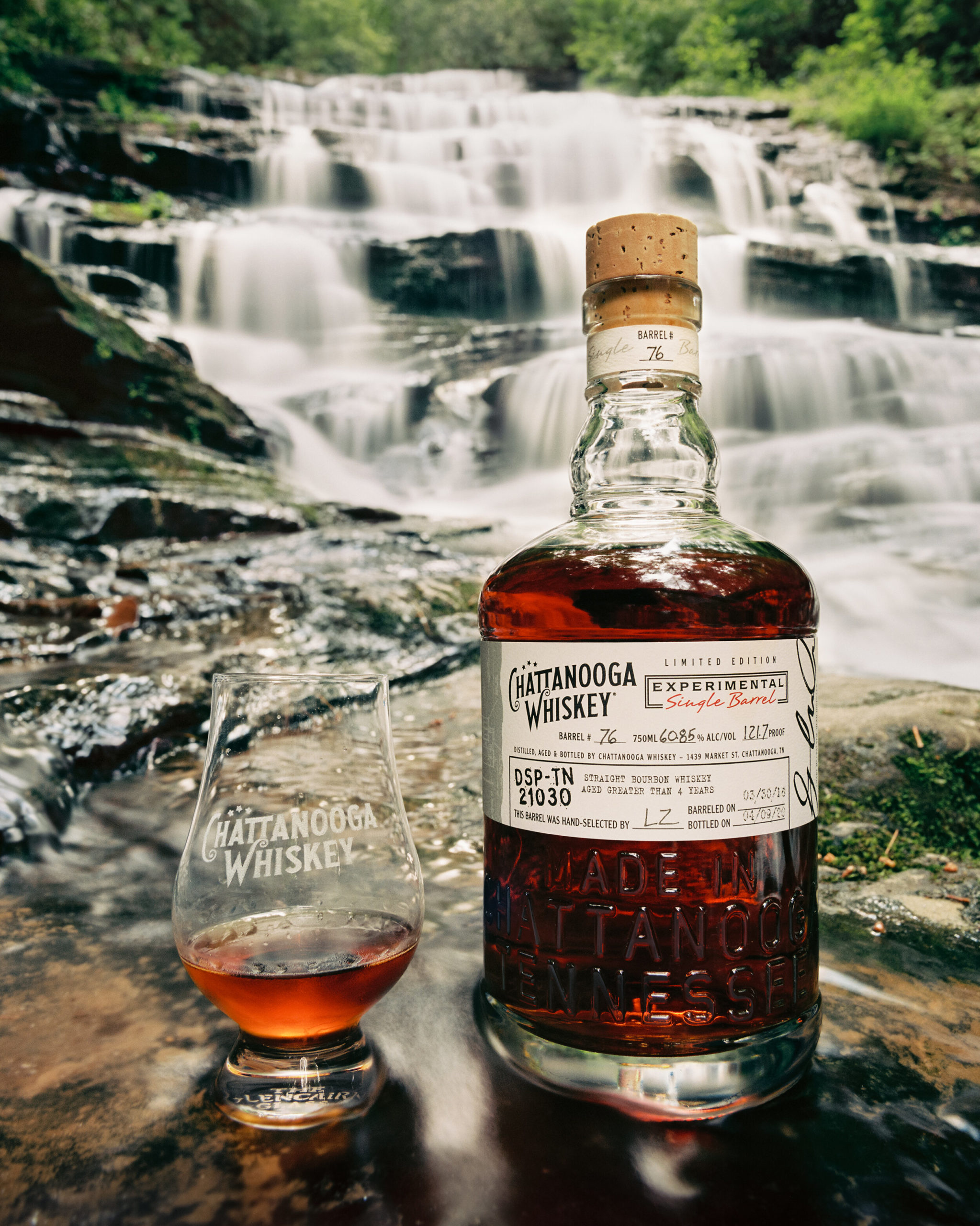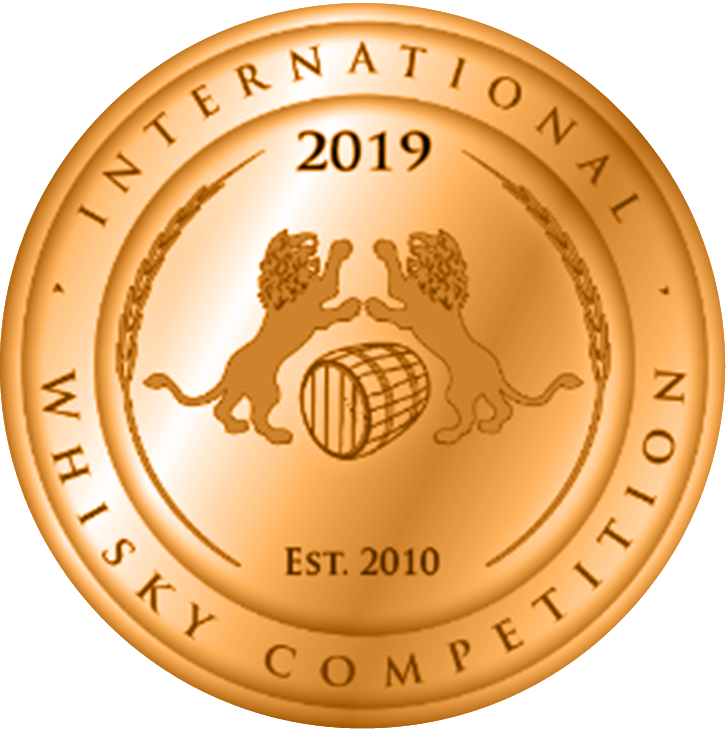

Malted grain was one area that we thought gave us the most freedom and opportunity to develop interesting flavor, and discover what we liked the most. You have pursued a branding strategy of high malt. I do wish our partnership would have worked out, because I never would have started Chattanooga Whiskey without him.Ĭhattanooga Whiskey rebranded its whiskey. The business structure put into place, I believe, helped the business survive the breakup, but I’m not sure what would have prevented the breakup other than predicting the future. We went through fairly intense counseling along the way. It just didn’t work out as quickly and easily as we both had hoped, and our partnership didn’t last because of some issues we didn’t see eye to eye on. Those first two years of starting a company are like the wild west, but 100% of the time, that will wear off and you hope it transforms into a profitable, stable business.

We became more structured for the better, but the dynamic changed with a larger team and greater financial responsibility. When the laws finally changed, we raised money and formed a board. I actually don’t think we could have changed the laws without each other. Our passion was simply infectious, and we were unfiltered in our messaging along our journey. Together, we were a force when it came to reviving this history and getting Chattanooga excited about it. You and your original partner, Joe Ledbetter, had a falling out and he’s no longer with Chattanooga Whiskey. Tourism in Chattanooga was growing, and finally, the idea of starting this business with my buddy in my hometown seemed incredibly exciting and was a ride I wanted to take. The location seemed perfect, nestled in the mountains of Southeast Tennessee: The local entrepreneurial community was firing up, the city had been getting more attention as an outdoor hotspot and mecca for climbing. The discovery of the history of whiskey in Chattanooga was where the idea generated from, but there were a lot more influences. To learn of this strategy and what the past decade has been like as a craft distiller, we sat down with Piersant. "Every consumer who walks in our doors, says 'you're not bourbon' and that got us to thinking, 'what are we?' and we wanted to celebrate our roots from Tennessee, but we are not a traditional Tennessee whiskey," Piersant says. Instead, he’s calling it, "Tennessee High Malt,” albeit it’s clearly classified and labeled as a bourbon. In August, Chattanooga Whiskey 91 will replace the company’s 1816 Reserve, and Chattanooga Whiskey 111 will replace 1816 Cask. While straight bourbons, these four grain bourbons (distilled at their distillery) include three specialty malts (malted rye, caramel malt barley, honey malt barley) and have pushed Piersant to do something extremely unusual in American whiskey. He is shying away from marketing his product as a bourbon. That was 2011 and a lot has changed in the past eight years, including the complete rebranding of Chattanooga Whiskey’s products.

Piersant and his business partner at the time (more on that later) lobbied lawmakers to legalize distilling, while they sourced whiskey from a little known distilling haven in Lawrenceburg, Ind. Prohibition wreaked a havoc on distilling that it may take another 100 years from which to recover. For those hopping just now onto the distilling trend, this is very common.

The micro-distillery currently produces one barrel per week at its Market Street location, but Chattanooga Whiskey will ramp that up to 14 barrels per day at a new, 46,000-square-foot facility under construction inside the former Newton Chevrolet building on Riverfront Parkway.There was just one problem: Chattanooga made distilling illegal after Prohibition and hadn't changed the law. In its first year, it attracted nearly 20,000 visitors and became one of the Southside's most popular tourist destinations, featured in Southern Living's "50 Best Places in the South." The Tennessee Stillhouse micro-distillery, which sits across the street from the Chattanooga Choo Choo on Market Street, will celebrate two years in business with a soiree on March 24, and will offer new merchandise to dovetail with its new look. The Chattanooga Whiskey Co., the Scenic City startup that helped re-legalize the widespread distillation of spirits in Tennessee, will unveil a new logo and brand image for its downtown distillery this month. Caleb Warren mixes a drink at Chattanooga Whiskey Stillhouse on Market Street.


 0 kommentar(er)
0 kommentar(er)
